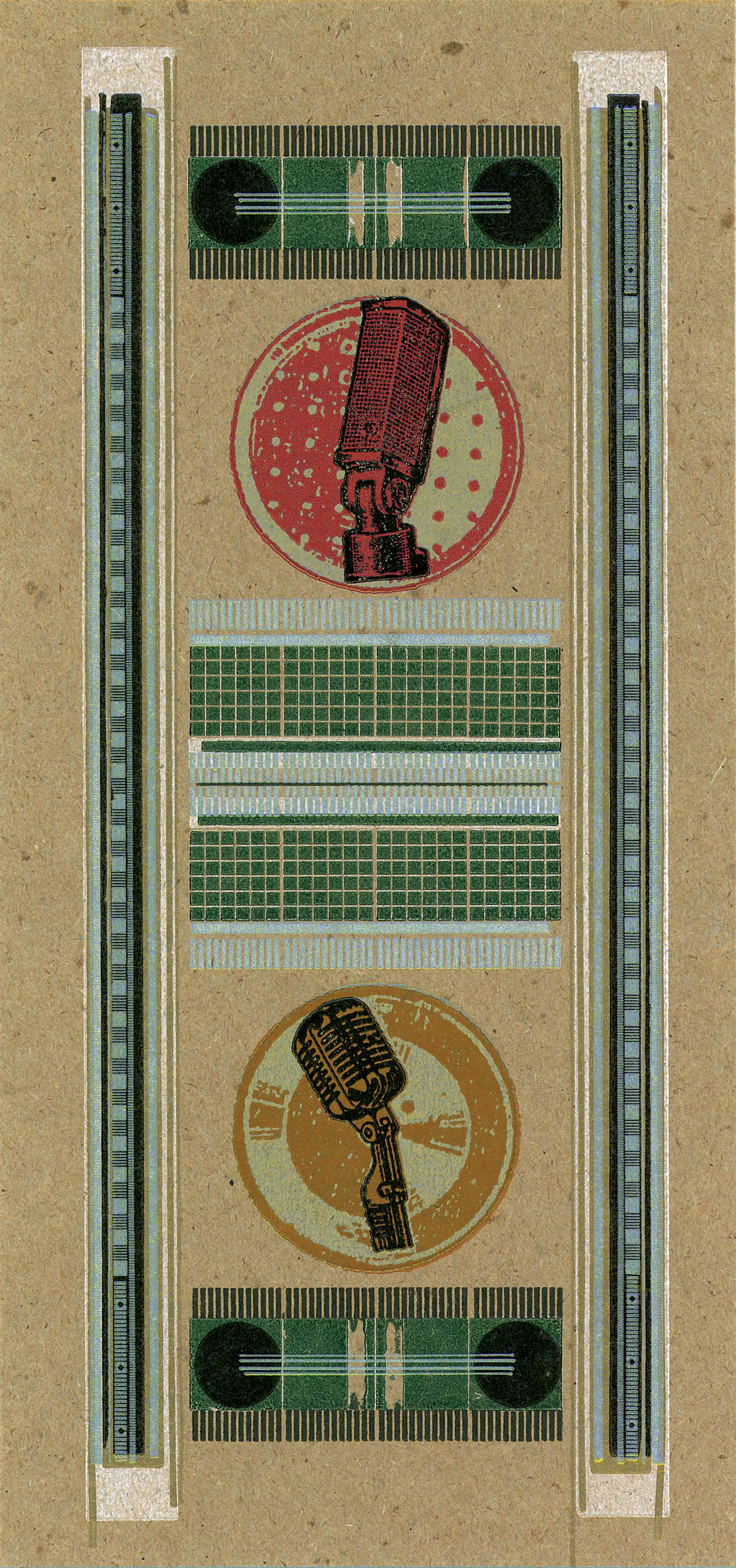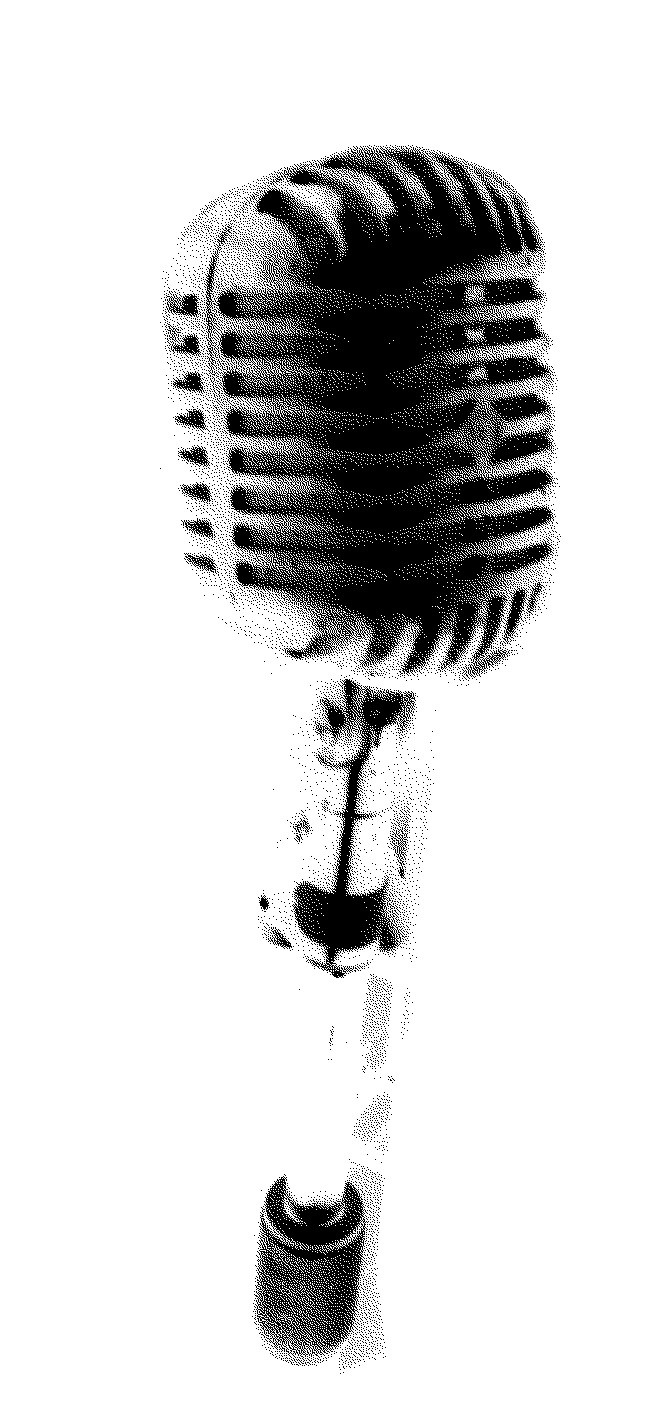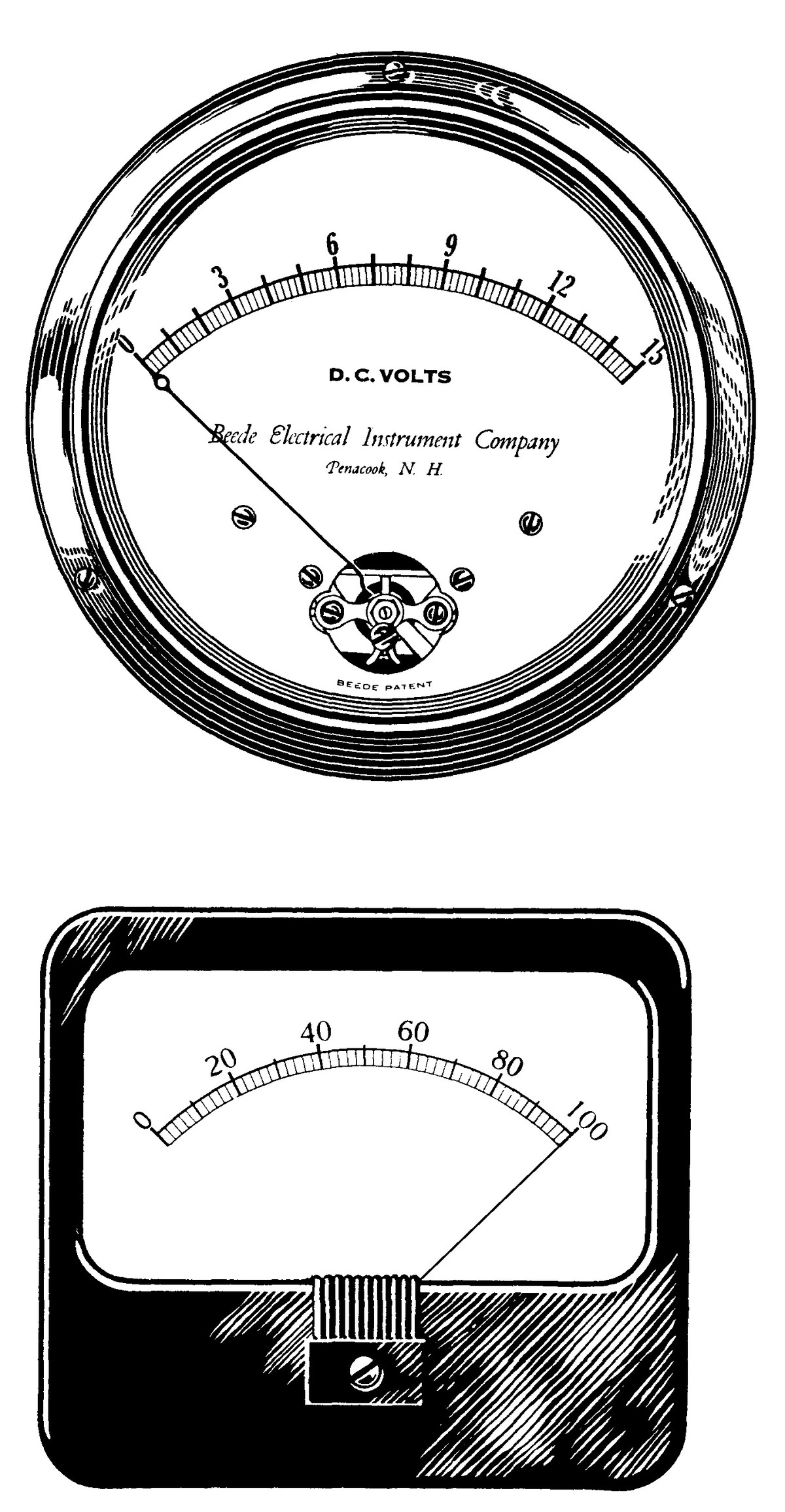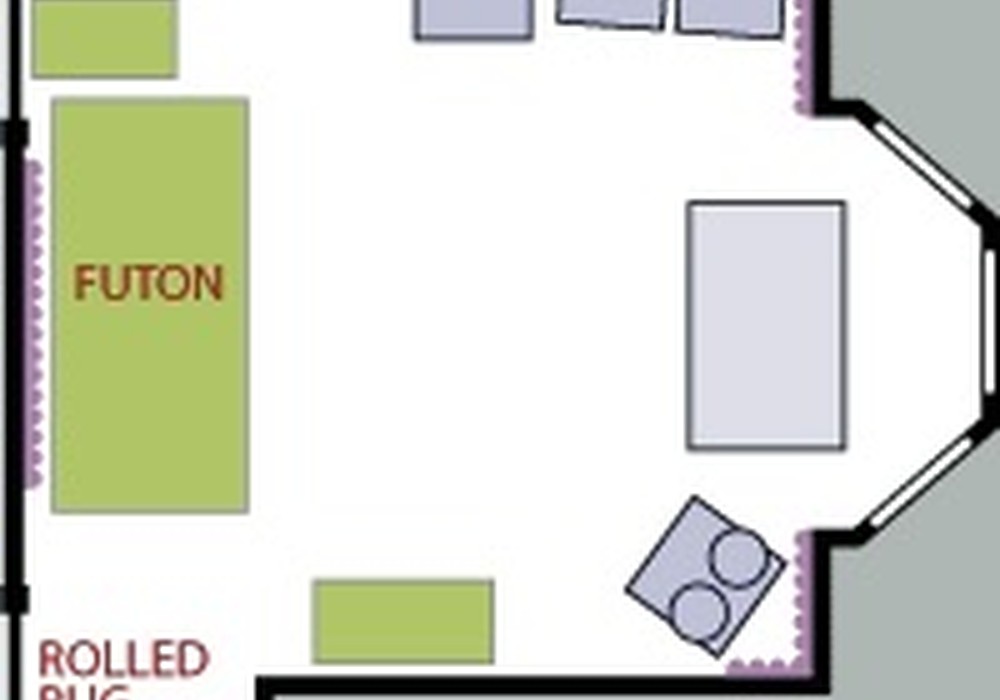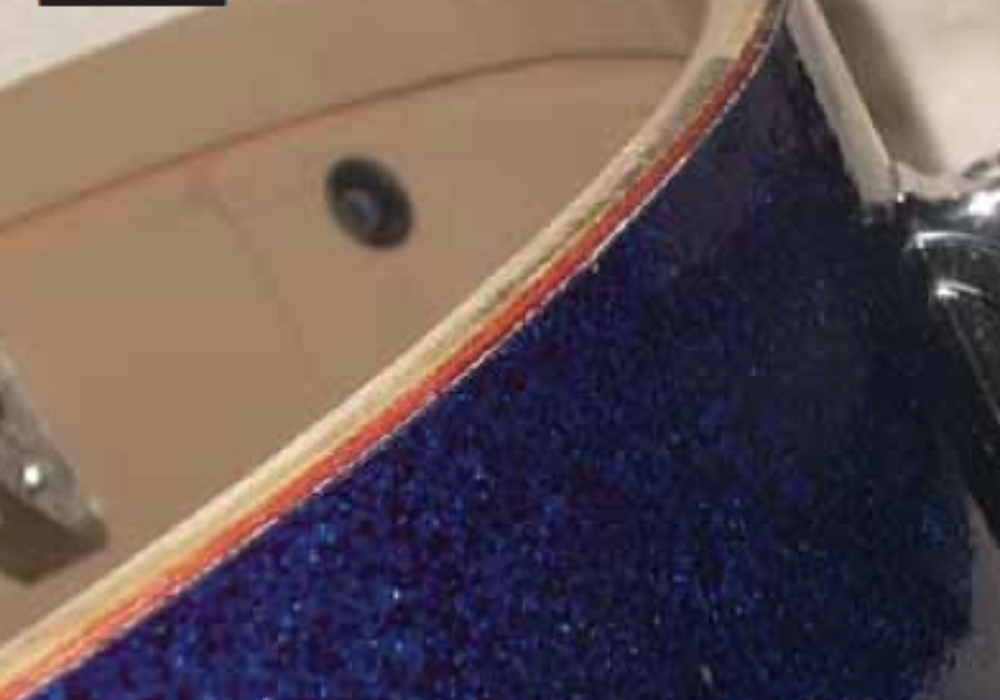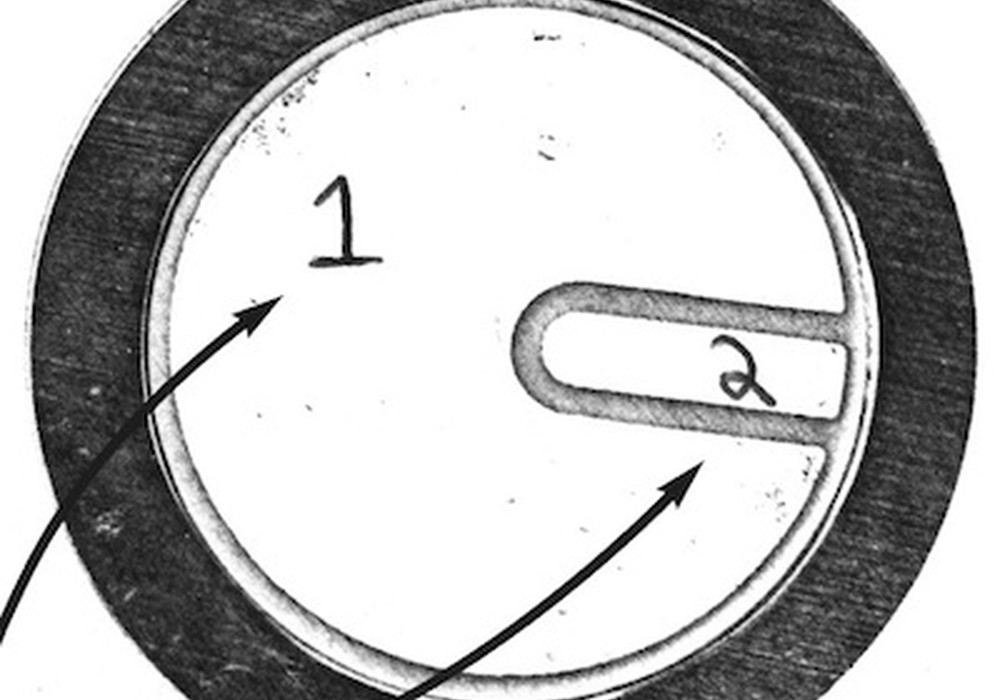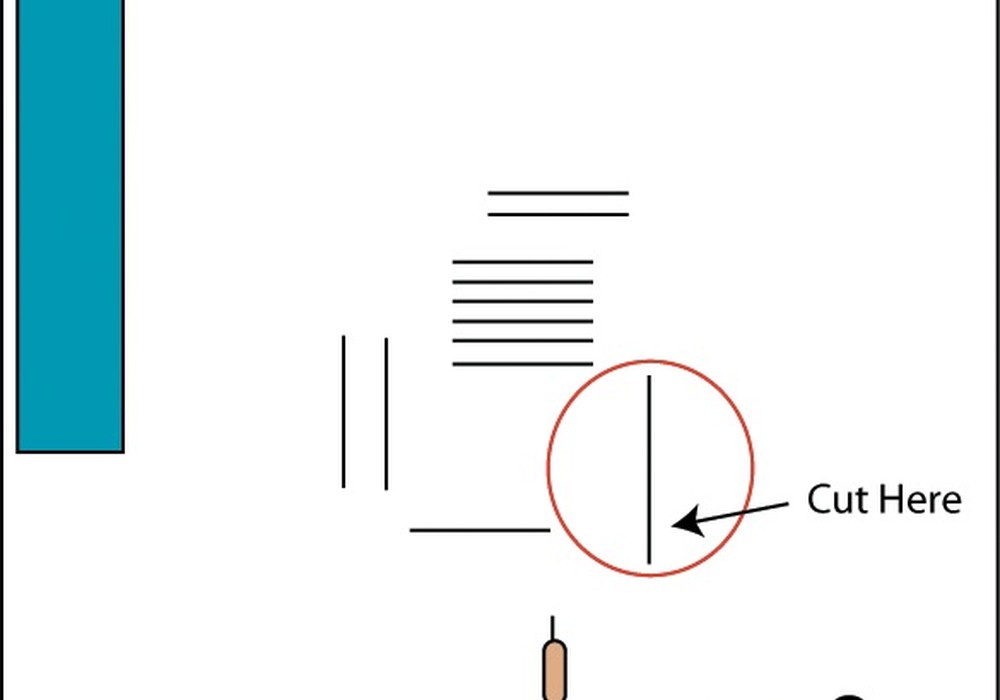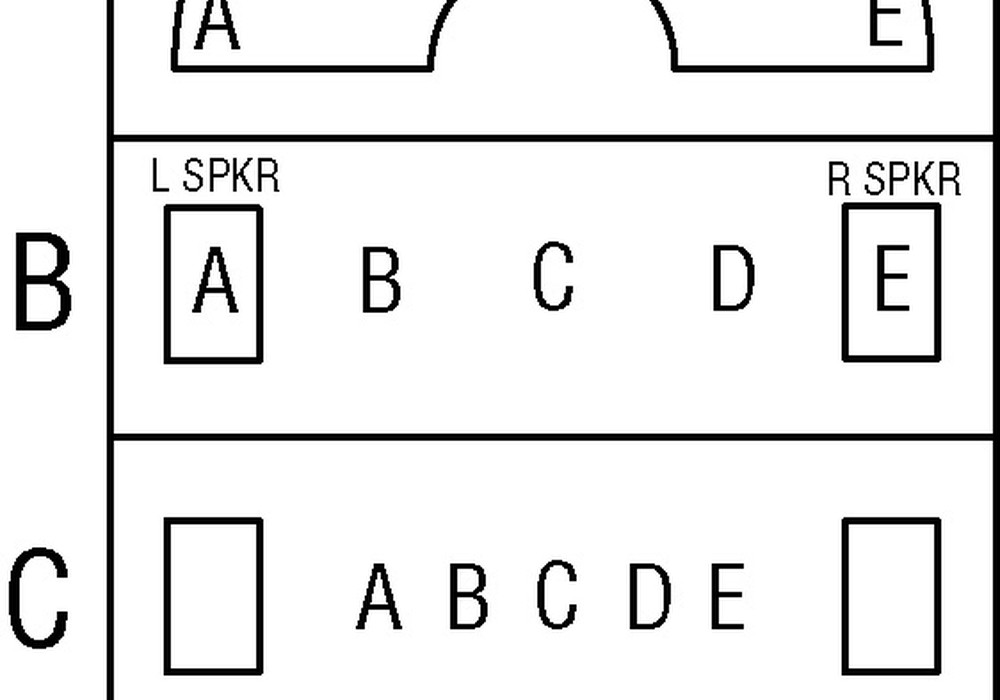The talkback mic is the usual way to communicate, one-way to your musicians out in the studio. But if you are recording all in one room a closely-mic'ed loud rock band, how do you hear them making comments back to you or how can they talk to each other without taking their phones off? Sometimes the room mics can't be loud enough in the mix to hear conversations clearly. Sure, you can put out separate mics (with or without on/off switches) for each band member and have them on faders so you can mute/un- mute as you need to hear. That requires a lot of extra inputs, mics and attention span. Plus, it is usually off when they say something and then you'll have to ask them to repeat stuff all the time. Tedious! Leaving the mic on all the time, of course, is sonically unacceptable and dangerous to hearing and speakers. I found a way to make it all automatic. You can leave the mic on all the time... without ever being concerned and without affecting the recording. I find, when using this trick, musicians seldom take off their phones to hear each other speak and tracking sessions go better creatively and with less headphone mix/sound complaints.
I'll put an omni-microphone in the middle of the musicians playing area. Condensers work the best as they are more sensitive. I'll use a lot of gain so that I can clearly hear any band member talk at normal conversation levels. This works fine until someone starts playing guitar or hitting a drum! The way to make it automatic is to use a limiter/compressor — a BIG limiter/compressor. I run that mic's signal through a compressor capable of at least 20 dB or more of gain reduction. I may use an EQ/filter or the mic's roll-off to lose subsonic rumble but it is not mandatory. The whole "trick" is in the settings on the limiter/compressor.
I like to use an UREI 1176LN, but most any fast compressor with variable attack and release controls will work. [For those of us on a budget, I recommend the FMR "Really Nice Compressor" for this. -LC] The 1176LN is not the cleanest piece of gear on the planet but it is one of the more vibey ones. I also come from a time when, besides Fairchilds and LA-2As, there were more 1176s than anything else so they got used first for this "utilitarian" job. I use the fastest attack possible — at least 1 ms or faster. On the 1176LN, that would be fully clock- wise. I then use the slowest release time possible — 3 to 4 seconds and on the UREI that would be fully counter clock- wise. (Some 1176LNs, I find, even at slowest release times are not very slow) I use at least an 8:1 ratio or higher and I turn the input knob on the 1176LN full up. When any sounds louder than normal conversation are made in the room the 1176LN, when seeing that much microphone level, will IMMEDIATELY be "nailed" in complete gain reduction and contribute little output. That "hot" omni mic will not be heard much anymore. You will see the 1176's VU meter fully depressed or the gain reduction LEDs on your compressor all lit!
The fastest attack insures nobody's ears and speakers get popped and the slow release time means the compressor stays down in "clamp" mode until way after there is no more loud sounds. Adjust the output knob for whatever level you need to record this mic to a separate track or to bring back up on the console. It is very important to only mix a small amount of this talkback/talkback track to the phones and your monitor — just enough to make out conversations. If you and the band hear this mic too well, it will affect the overall sound and mix too much... especially if the song has wide dynamics, breakdowns or stops. If you want to "ride" the release time knob along with the music's changes, you can create some useful moments good for later in mixdown.
